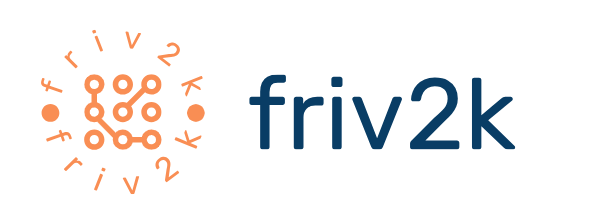The Current Landscape: A Steep Learning Curve
Let’s be honest, navigating the Web3 world currently requires a certain level of technical expertise. Most users are overwhelmed by the jargon, complex processes, and the need for multiple wallets and exchanges. This barrier to entry significantly limits Web3’s potential reach and adoption. The current interfaces, often clunky and confusing, are a major contributor to this problem. Many users struggle with connecting wallets, understanding gas fees, and interpreting blockchain transactions. This complexity pushes many potential users away, leaving Web3 feeling inaccessible and exclusive.
The Need for Intuitive Design: Simplicity as a Key
The future of Web3 hinges on creating user-friendly interfaces that are as intuitive and seamless as those found in Web2. Imagine a world where interacting with decentralized applications (dApps) is as simple as using any popular app on your phone. This requires a shift in design philosophy, prioritizing simplicity and ease of use over technical complexity. The focus should be on clear visual communication, user-friendly navigation, and streamlined workflows. Developers need to prioritize a clean and intuitive design over complex features, guiding users through the process with clear, concise instructions.
Abstracting Complexity: Hiding the Technical Details
One crucial aspect of creating user-friendly interfaces is abstracting away the underlying technical complexities of blockchain technology. Users shouldn’t need to understand the intricacies of smart contracts or gas fees to use a dApp. The interface should handle these details behind the scenes, presenting the user with a simple, straightforward experience. This abstraction is key to making Web3 accessible to the average person, reducing the technical barrier and encouraging wider adoption. Think of how cloud storage works – you interact with files, not the servers managing them.
Leveraging Familiar Interfaces: Web2 Best Practices
Web3 developers can learn a great deal from the successful user interfaces of Web2 applications. Familiar patterns, such as drag-and-drop functionality, intuitive navigation menus, and clear visual cues, can greatly improve the user experience in the Web3 space. Adapting these well-established design principles to the decentralized world will help make the transition smoother for users accustomed to the ease of use offered by established platforms. This familiarity will breed confidence and encourage exploration.
The Role of User Education and Onboarding: Guiding New Users
Beyond the interface itself, user education and onboarding are crucial for facilitating wider Web3 adoption. Clear and concise tutorials, interactive guides, and supportive communities can help users understand the basics of blockchain technology and navigate the complexities of decentralized applications. Well-designed onboarding processes that progressively introduce users to new concepts are essential. Think of user onboarding in the way that successful apps like Duolingo or Headspace introduce users to new tasks and functionalities.
The Power of User Feedback: Iterative Improvement
Continuous improvement is vital. Regular feedback from users is indispensable for refining and enhancing Web3 interfaces. Collecting user data, actively soliciting feedback, and implementing iterative improvements based on real-world usage are crucial to ensuring the interfaces remain user-friendly and intuitive. Regular updates and improvements, driven by user feedback, are necessary for keeping the experience relevant and engaging.
Multi-Chain Compatibility and Interoperability: A Unified Experience
The future of user-friendly Web3 interfaces also depends on increased multi-chain compatibility and interoperability. Users shouldn’t be confined to a single blockchain network. A seamless user experience should allow them to access various dApps and services across different chains without needing to switch wallets or navigate complex bridging processes. This simplifies the experience and expands the range of possibilities for users, eliminating a major source of current frustration.
The Rise of No-Code/Low-Code Tools: Democratizing Development
Finally, the rise of no-code and low-code development platforms will play a significant role in improving Web3 interfaces. These tools empower non-programmers to create and customize dApps, making it easier for designers and developers to focus solely on the user interface without getting bogged down in complex coding. This democratization of development will lead to a wider variety of user-friendly applications and accelerate the overall progress of the Web3 ecosystem. Read also about web3 user-centric design.





